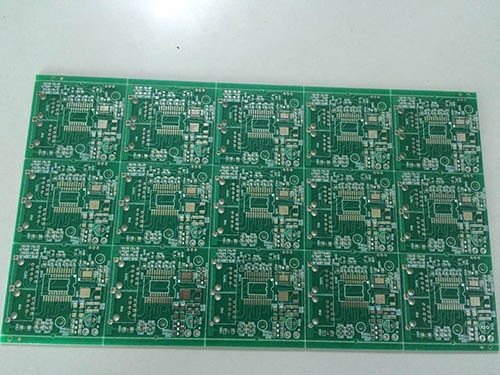
Dongguan QiMao Electronics Co., Ltd.
Dongguan Xunyao Electronic Technology Co., Ltd.
Dongguan Huajun Electronics Co., Ltd.
+86 0769-82116029
+86 139-2250-7529

+86 0769-82116029
+86 139-2250-7529
Chemical solvents
The use of chemical solvents is the most common method to remove the protective film of conformal paint, and its key lies in the chemical properties of the protective film to be removed and the chemical properties of the specific solvent. In most cases, the solvent does not dissolve the protective film, but rather swells it; once the protective film swells, it can be easily scraped or wiped off with a light touch. For example, for a PCB board coated with conformal paint VT-381, when using a cleaning agent to remove the protective film, the solvent will dissolve the protective film, but care must be taken during operation to ensure that the selected cleaning agent will not damage the substrate and the vicinity of the repair site part.

After the components are removed, remove all solvents or protective film cleaners to prevent them from affecting or dissolving the reapplied circuit board conformal paint. The pad parts must also be cleaned, so that when replacing new components, it is easy to solder firmly; after soldering new components, use solvent to clean off the flux residue.
When it is necessary to remove all protective films on both sides of the circuit board, the entire circuit board must be immersed in a chemical solvent, because the application of the liquid protective coating on the circuit board is not uniform - this is due to capillary action, due to vertical components around the protection The thicker the film, the thinner the protective film will be separated from the circuit board first.
To completely remove the protective film, the circuit board may have to be soaked for several hours. Appropriate heating of the chemical solvent can reduce the soaking time, but there is also a danger of flammable soaking liquids or their vapors igniting.
Micro-grinding
Micro-grinding is the use of high-speed particles ejected from the nozzle to "grind" off the protective film of the conformal paint on the circuit board. The grinding operation requires high proficiency. The abrasive cannot enter the soft protective film around the grinding position, and the surrounding parts can be covered with aluminum foil or plastic film. Because of the detrimental static charge that can be generated in the path of high-velocity particles, many micro-grinding systems have antistatic ionizers that have ground points inside the device. Abrasives commonly used for microgrinding include ground walnut shells, glass or plastic beads, sodium bicarbonate powder, and the like.
Mechanical method
Mechanical methods are the easiest way to remove the conformal paint protective film.
PCB rework benches have a variety of equipment for rework such as drills, grinders, rotary brushes, and more. Circuit board rework starts from removing the protective film around the solder joints of the components to be reworked. The protective film here is often the thickest (≤20mil), and a thin blade or knife can be used to gently cut a V-shaped groove on the target solder joint. Inject the solvent or protective film cleaner into the scraped V-groove, taking care not to let them flow to other places. Once the protective film of the V-groove swells, the rest can be lifted with tweezers, and then the solder joints can be de-soldered. For the edges of reworked areas, trim the partially dissolved areas.
For plug-in components, when reworking the soldering surface, use a thin blade to scrape off the entire protective film on the solder directly, and the solder can flow easily when the solder joint is heated with a vacuum de-soldering tool.
De-soldering through protective film
Desoldering through the protective film is to first open a discharge hole in the protective film, so that the molten solder can be discharged. To prevent the pads from disengaging or damaging the solder mask, care must be taken to prevent overheating of the desoldered area. The ventilation should be sufficient so that the fumes generated by the thermal decomposition of the protective film during desoldering are dissipated.
About Us
Company Profile Production Strength Honor Partner PCB circuit boardTechnical Support
Cooperation StrengthProcess CapabilityProcess explanationNews Center
NewsIndustry InformationCommon ProblemContact Us
Contact Online Message1-4th Floor, Back Building, No. 305 Zhenxing Avenue, Taiyuan Community, Xiegang Town, Dongguan City
Tel: +86 0769-82116029/82116039
Contact: +86 13922507529/Mr. Huang


